
Here at SHIFT, we’re pretty keen on sustainability in the built environment, which is why we decided to head over to Hanham Hall, on the outskirts of Bristol, for our September social outing.
Hanham Hall was lauded as the first large-scale housing scheme intended to achieve Level 6 of the Code for Sustainable Homes (CfSH). This means, according to the CfSH, that the development is considered ‘zero carbon’, as well as a range of other environmental features such as bike stores and water efficiency.
To see what the site looks like now, 10 years later, we hopped on a train to Bristol and, with the blessing of the Residents’ Group, had a wander around the site…
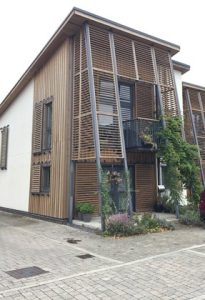
The homes have an interesting style…
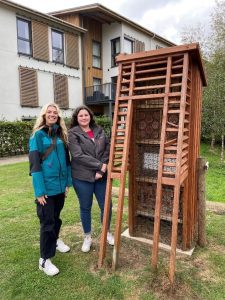
…which even extends to the bug hotel!
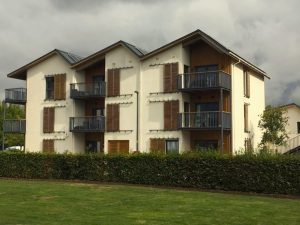
According to the residents we spoke to, the external shutters are a huge help in mitigating overheating, and the solar PV panels help keep electricity bills down.
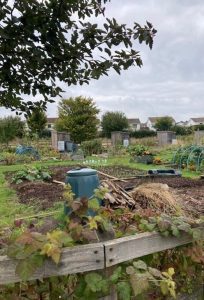
Allotments and greenhouses are present, adding to a sense of community…
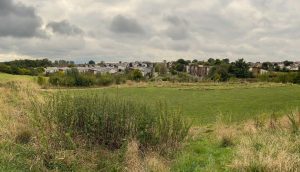
…and there’s plenty of additional greenspace across the nine-hectare site.

And we rounded the day off with refreshments and a placemaking game!
Once we got back to base, we decided to have a look at a sample of EPCs from properties in the development. As Level 6 of the CfSH was considered ‘zero carbon’, we wanted to see how the SAP ratings of our sample compared. We had a look at the EPCs of 96 properties and found only 4 were EPC A (SAP 92+), while 78 homes were EPC B (SAP 81-91). A further 13 were EPC C (SAP 69-80), with one property having no EPC rating online. All the EPCs we looked at showed that CO2 would be emitted from these homes.
Whilst the plan was for Hanham Hall to attain Level 6, it is not easy to find any reference to the development actually achieving it. That is not to say the homes did not score well on each of the Code’s nine sustainability criteria, but Level 6 was reserved for the optimum in home sustainability, which, in terms of energy efficiency, our sample of SAP ratings does not seem to display. That said, the residents we spoke to during our visit were very happy with how low their energy bills were compared to previous homes.
Something else mentioned in our chats with the locals was the community feel: there are nearby allotments, a café, a park and other greenspace, and these are aspects that often add to a sense of place[1]. If you would like to discuss a placemaking metric and/or an environmental assessment for your organization, contact Richard Lupo at [email protected]
[1] Placemaking – DLUHC’s National Design Guide | SHIFT Environment
Main photo credit: Evgeniy Alyoshin
